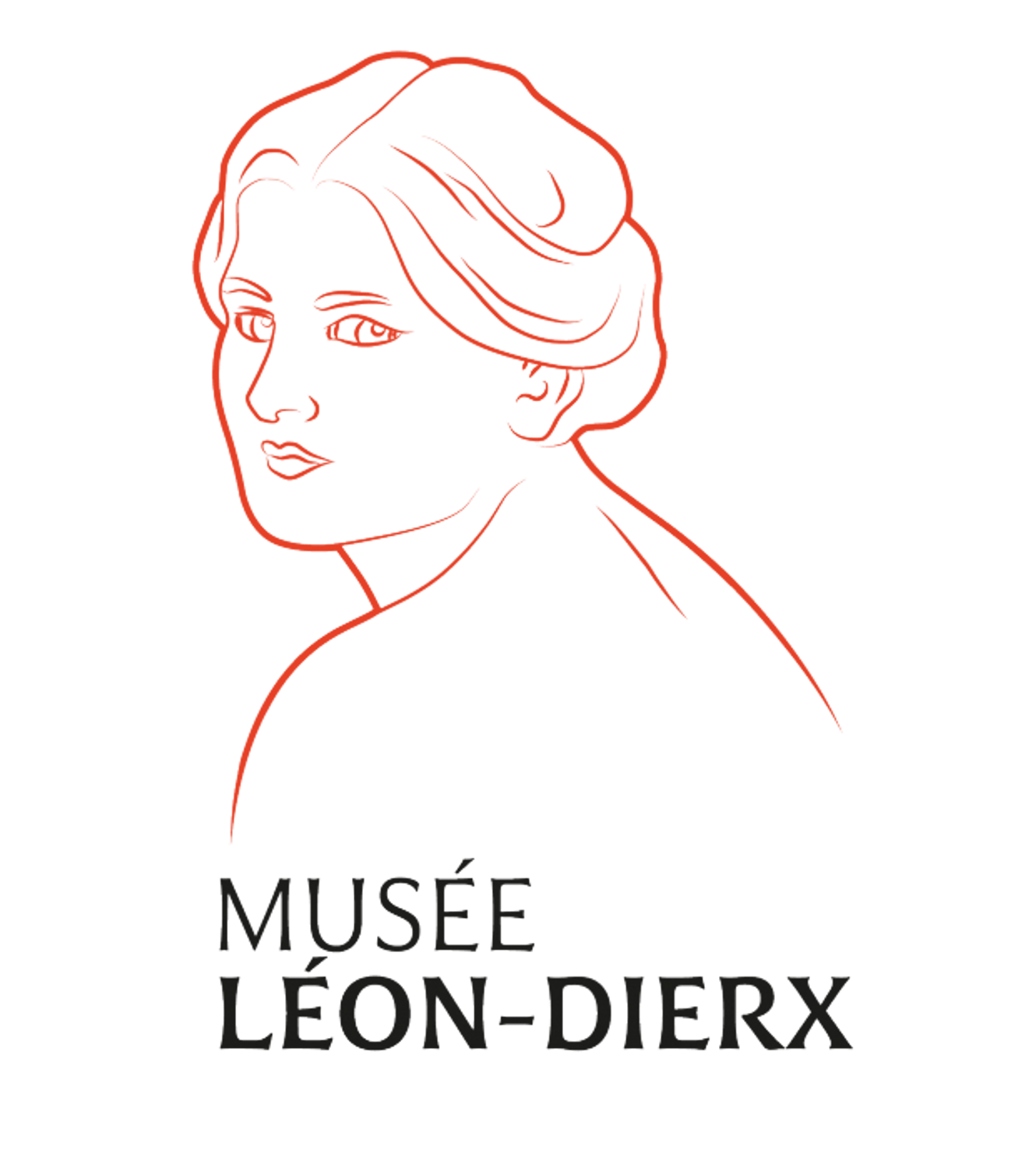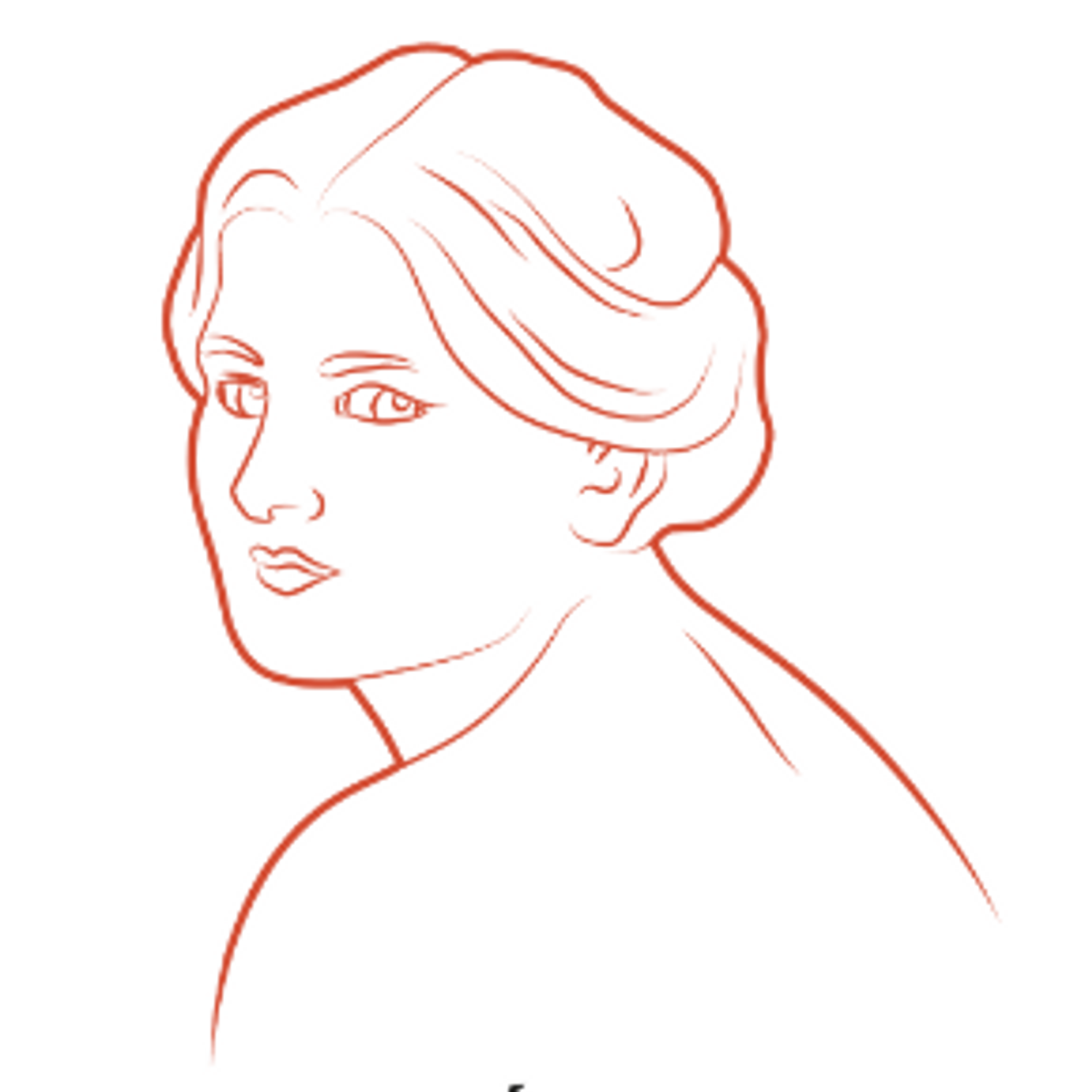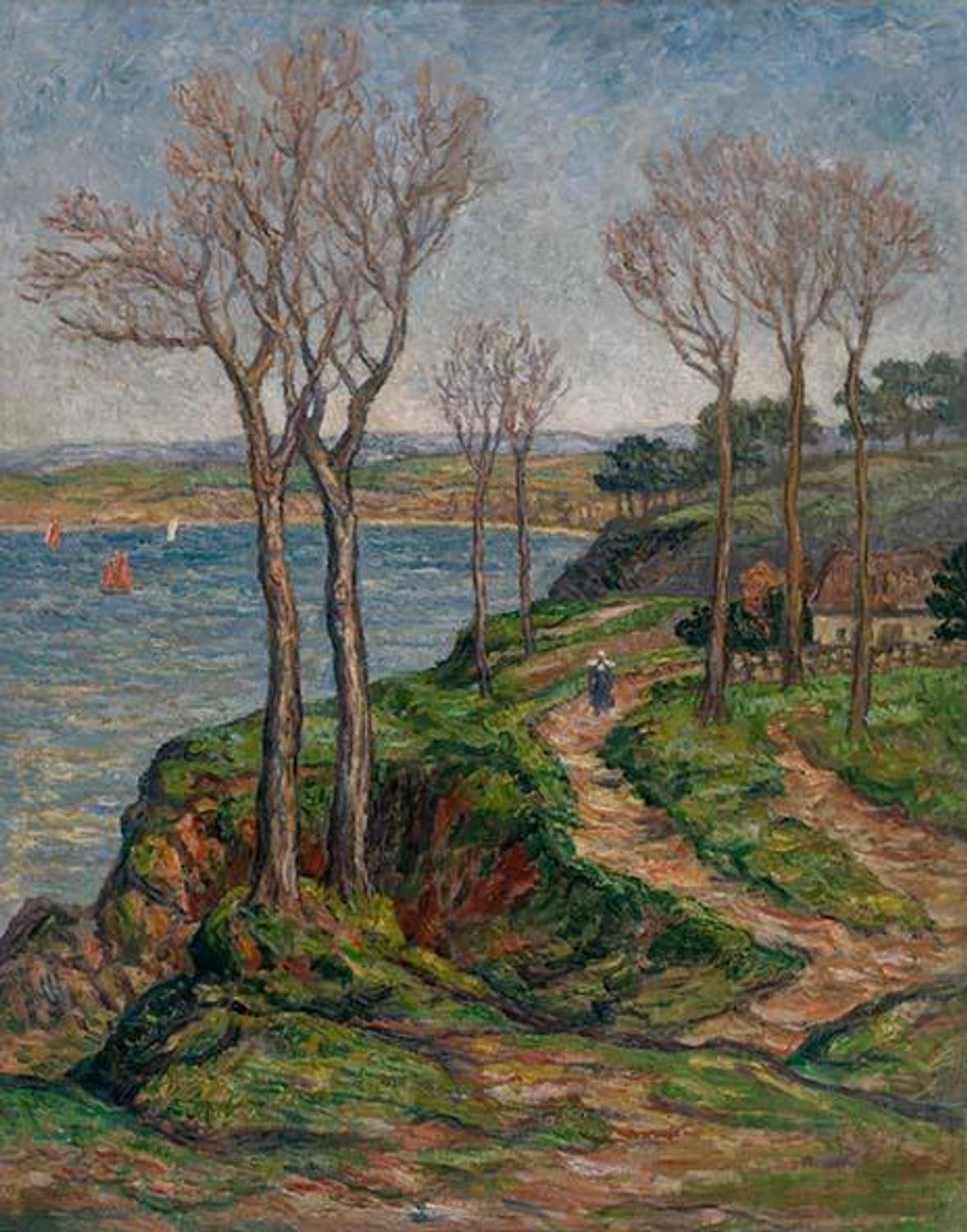THE MASTERPIECES OF THE LEON-DIERX ART GALLERY : Ernest PONTHIER de CHAMAILLARD
Ernest PONTHIER de CHAMAILLARD
Quimper, 1862 – Eaubonne, 1931
Born into a family of lawyers, Ponthier de Chamaillard studied law in Brittany, but was attracted by painting. His encounter with Paul Gauguin in 1888 during his second stay in Pont-Aven, proved to be decisive. Gauguin, always in search of the primitive and spontaneous, appreciated the naïve simplicity of Chamaillard’s small paintings, encouraging and advising him.
For several years, Chamaillard devoted his life to painting. However, needing to earn a living, in 1903 he finally opened a lawyer’s practice in Châteaulin and was sworn in as barrister. For want of time, he painted little. His style was that of the Impressionists and he produced a few landscapes of the surrounding region, such as the Bay of Douarnenez or the coast of Pouldu.
In 1901, his work was exhibited by Ambroise Vollard, with the exhibition catalogue prefaced by the critic Arsène Alexandre: in addition to paintings, he exhibited multi-coloured objects and carved furniture in the style of Gauguin.
In 1905, having inherited from his father, he could devote his time exclusively to his art. He had two exhibitions with Bernheim Jeune, in 1906 and 1910, but in 1914, a second exhibition that was to have been organised by Vollard with a preface by Guillaume Apollinaire was unfortunately cancelled due to the outbreak of the war. The poet, seduced by Chamaillard’s landscapes exhibited at the 1913 Salon d’Automne, mentioned the "delicacy" of the painter’s work.
The end of his life was rather sad, through debts he had incurred, as well as the death of his two sons during the war. He did, however, hold two exhibitions of his work at the Georges Petit Gallery, in 1925 and 1930.
Falaises de Douarnenez (Cliffs at Douarnenez), Ernest PONTHIER DE CHAMAILLARD
Around 1900
Oil on canvas
92 x 73 cm
Inv 1947.01.81
Lucien Vollard donation
This painting by Chamaillard reflects the painter’s impressions during his walks. In a fairly classical manner, a path winding along the riverbank takes the spectator inside the composition. The landscape is clearly divided up into three large areas: the land, the sea and the sky.
The few trees growing along the craggy coast interrupt these areas, adding rhythm and balance to the composition. Their presence explains the format of the painting, with the classical horizontal landscape structure replaced by the vertical format, normally used for portrait painting.
The fast and visible brushstrokes suggest a windy climate and a fairly rough sea, while the impasto technique is applied for the rocky coast, the thick layer of paint carved out to express the ochre-coloured earth footpath.
The lively bright vibrant brushstrokes are close to the techniques of the Impressionists and not to the synthetic and innovative works of Gauguin, Bernard or Serusier, produced in the same region.







